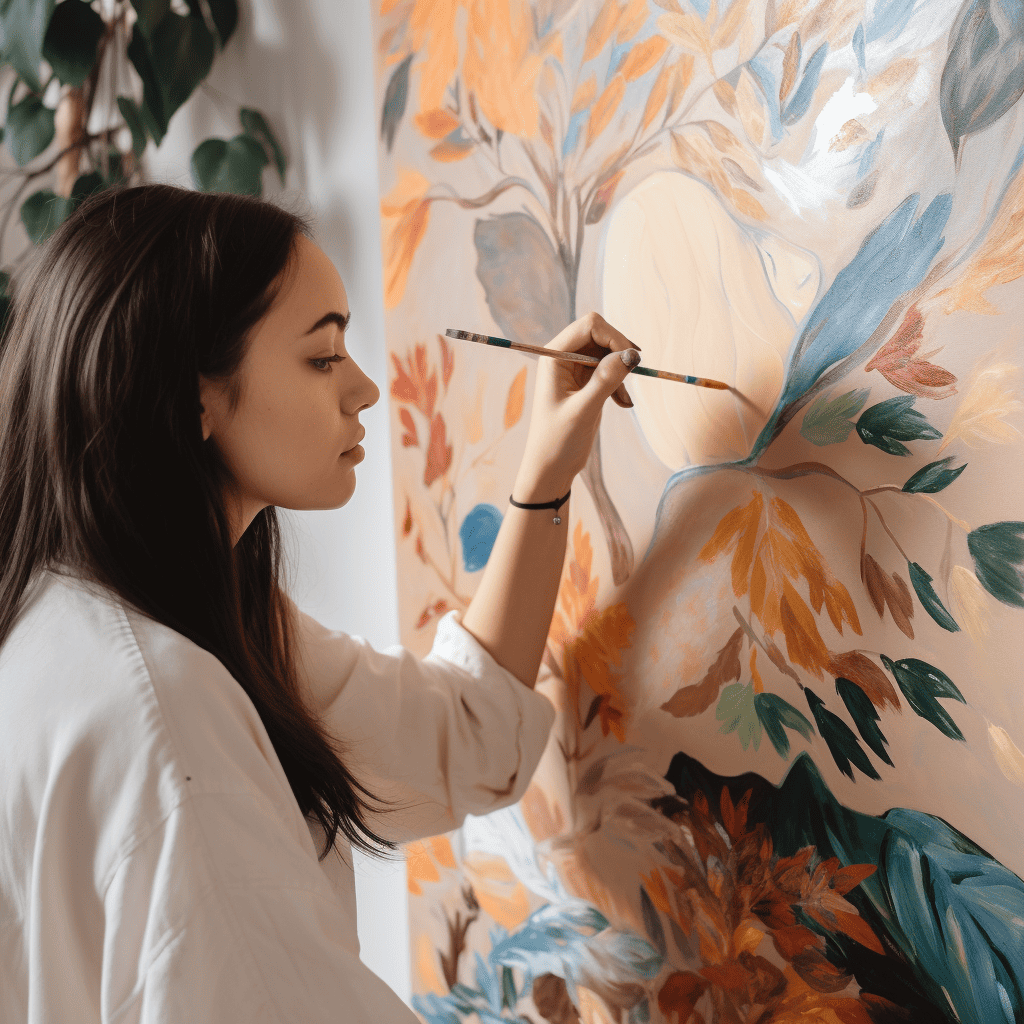How To Thin Acrylic Paint For Miniatures
As an acrylic paint miniature artist, I know how difficult it can be to get the right consistency of paint for your miniatures. Whether you’re a beginner or a pro, having too thick or thinned-down paints can make all the difference in achieving the desired look and effect that you’re going for. After years of trial and error, I’ve finally mastered the art of thinning acrylic paints so they are just right for my miniature projects! In this article, I will share with you some tips on how to thin out acrylic paints for use on miniatures.
Thinning out your paints isn't as hard as it seems; it just takes patience, practice, and knowledge of what works best for your project. You may have heard horror stories about people using too much water when trying to thin their paints - resulting in runny washes that ruined their paintings - but fear not! With these simple steps and techniques, you'll find yourself able to create vibrant colors without sacrificing quality.
So if you're ready to learn more about how to properly thin acrylic paint for miniatures, keep reading! We'll cover everything from which materials work best, and what ratios should be used and even provide helpful troubleshooting tips in case things don't go according to plan. Let's get started!
General Overview
Painting miniatures with acrylic paint can be a daunting task. After all, getting the perfect amount of coverage and color saturation takes practice! But there’s an easy way to get your paints just right - thinning them out with water or other mediums. In this article, I'm going to explain how to do it correctly so you don't ruin your miniature painting project.
Thinning acrylic paints help reduce their viscosity and make them easier to work with when creating detail on small surfaces like those typically found in miniature painting projects. It also allows for better control over the thickness of layers being applied as well as a smoother finished product overall.
The best part? You don't need any expensive materials or equipment to achieve good results - just some basic supplies that are probably already lying around your home!
Now let's go over what you'll need to start thinning your acrylic paints for miniatures.
Materials Needed
Now that you understand the general overview of acrylic paint miniatures, let's look into the materials needed to get started. Did you know there are over a thousand different brands and types of miniature paints on the market? With so many choices, it can be overwhelming for beginner artists. But don't worry--we've got you covered with everything you need to know about thinning your acrylic paint for miniatures!
First off, choosing a thinner is key. Acrylics can be diluted with water, but this isn’t always ideal as it reduces pigment intensity which impacts how much coverage an artist gets when painting. A better option is to use either Flow Improver or Retarder depending on what kind of effect you're going for; both will help increase flow and reduce brushstrokes while still keeping color vibrant and intense.
Next up: deciding how much thinner to add. This depends largely on personal preference but generally speaking, for every 1-2 parts of paint add 1 part of either Flow Improver or Retarder (or a combination thereof). Start small—add just a drop at first—and gradually build up until you find the right consistency for your needs. Experimenting is half the fun! Once you’ve figured out what works best for you, make sure to write down your measurements so next time won’t require any guesswork. And that's all there is to it - now go forth and create some amazing minis!
With these tips in mind, let's move on to selecting the right type of thinner.

Choosing A Thinner
When it comes to thinning acrylic paint for miniatures, choosing the right thinner is key. There are a variety of different types on the market, each with its pros and cons. I find that water-based thinners work well since they don't cause any staining or discoloration on the miniature's surface. But if you're looking for a more permanent solution, alcohol-based thinners can be effective too. Just make sure to read up on how to properly use them before attempting them yourself!
The next step in prepping your paints for miniature painting is mixing the paint and thinner correctly. This requires understanding the ratios involved and knowing which techniques will create the best results.
Techniques For Mixing The Paint And Thinner
Now that you’ve chosen the right thinner for your acrylic paint, it’s time to mix them. Knowing how much of each ingredient to use is key to achieving a successful blend. Start with a 1:3 ratio of paint to thinner and adjust as needed. If the mixture seems too thick, add thinner; if it's too thin, add more paint. Make sure to stir well after adding either component until there are no lumps or streaks present – this will ensure an even application on your miniatures.
To get the best results, pour a small amount of both components into separate containers before mixing them. This will make it easier to control the consistency of your paint without wasting excess material. Once you have achieved the desired consistency, transfer some into a dropper bottle so you can easily apply it to your miniature pieces.
With these methods, you should be able to achieve any type of effect you want when painting your miniatures! Now that we've got our mixture ready to go, let's move on to applying paint to our miniatures.
Applying Paint To Miniatures
Applying paint to miniatures is an exciting part of the painting process. But, for a successful and smooth application, thinning acrylic paint correctly is essential! Here's how I do it:
- Start with quality water-based paints
- Add a few drops of water at a time until you reach your desired consistency
- Stir well with a brush or stir stick
- Test on a scrap piece before applying it to your miniature
It takes practice to find out what works best for you and your project. If the paint seems too thick, then add more water; if too thin, add more paint. With experience comes confidence in knowing exactly when the right balance has been achieved. It’s also worth mentioning that there are different methods of thinning acrylic paints like using solvents such as rubbing alcohol or airbrush mediums. However, my personal preference is just plain old tap water because it’s readily available and easy to use.
Now that we have our paint ready to go, let’s move on to cleanup and storage.

Cleanup And Storage
Once you’re finished with your painting session, it's time to clean up and store the paints correctly. Cleaning up is essential to keep your brushes and palette in prime condition for the next time you use them. I always start by wiping away any excess paint from my brush onto a paper towel or cloth. Then I use some soap and water to get rid of the residue that may have built up on the bristles. After cleaning off the paintbrush, make sure to dry it thoroughly using a soft cloth before storing it away.
When storing acrylic paints, always make sure they are sealed tightly so air doesn't seep into the tubes or containers. This will help extend their shelf life as long as possible! Additionally, try not to stack heavier items on top of them since this can also affect their longevity. Once everything is safely stored away, you'll be ready for your next project!
Conclusion
As an acrylic paint miniature artist, I know that thinning the paint is a crucial step in creating beautifully detailed miniatures. It's important to choose the right thinner and use the correct technique to achieve great results. When done correctly, thinned acrylic paints can produce incredible detail on your figures and make them come alive.
Have you ever wondered why thinning your paints for miniatures is so important? The answer lies in the fact that when applied too heavily, acrylics can obscure details or create unsightly brush strokes. Thinning allows you to maintain control of where and how much paint goes onto your models while still achieving an even coverage with no visible brush marks.
So, if you want to take your painting skills to the next level, mastering the art of thinning acrylics should be at the top of your list! With practice and patience, you'll soon find yourself producing beautiful masterpieces worthy of any gaming table or display shelf.






